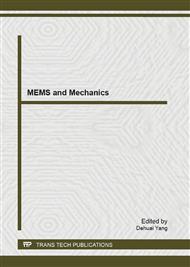p.574
p.579
p.584
p.590
p.596
p.602
p.609
p.616
p.621
The Geomagnetic Chart's Drawing Based on Normal Kriging Method
Abstract:
In geophysical prospecting area, the issue how to obtain high precision and low scale geomagnetic charts has been a research focus all the times. In this article, the application based on normal Kriging method can be interpolation proved. Through interpolation and evaluation for the original geomagnetic grid based on Kriging algorithm, the new geomagnetic grid can be estimated by the way of data's transitivity. After that, the geomagnetic chart with high precision and low scale can finally be drawn. At the same time, its feasibility upon this sort of method has been verified.
Info:
Periodical:
Pages:
596-601
Citation:
Online since:
June 2013
Authors:
Price:
Сopyright:
© 2013 Trans Tech Publications Ltd. All Rights Reserved
Share:
Citation:


